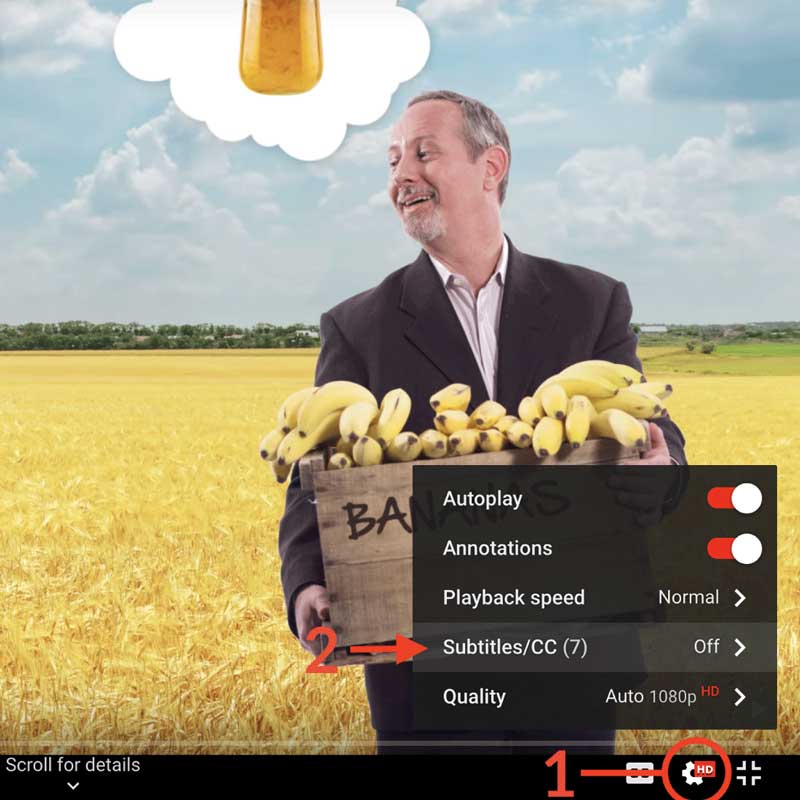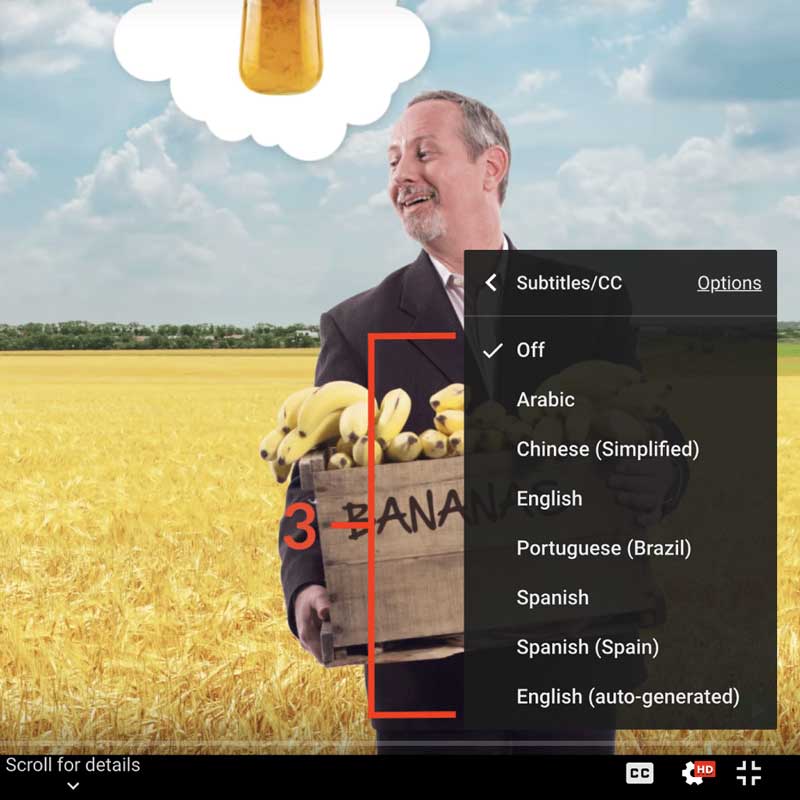Intro to Stock Markets
Course Outline
Intro to Stock Markets
Today, we’ll examine a new kind of financial intermediary: stock markets.
As an individual, you participate in the stock market when you buy a company’s shares. This turns you into a part-owner, entitled to some of the company's profits. Sometimes, profits are paid out directly via dividends. Other times, profits are reinvested for company growth. In this case, you benefit by seeing the value of your shares rise in tandem with this growth.
Still, the buying and selling of stock doesn't actually create any new investment. Buying and selling only transfers ownership between stockholders. What actually creates investment is when a company offers stock to the public for the first time (known as an Initial Public Offering or IPO), which is when it issues new shares to raise money for key ventures.
This process of turning savings into investment is what makes the stock market an intermediary.
A key caveat, though—buying stock essentially means betting on a company. As with all gambles, sometimes it pays off, sometimes, it doesn't. For you as a saver, this means some of your stocks will win, and others, not so much.
This volatility makes stock markets more risky than banks. Bank savers typically don't have to worry about fluctuations in the value of their deposits.
As for the entrepreneurial side, the stock market is a key institution encouraging new businesses. For a founder, the payoff typically comes during the IPO. An IPO allows founders to sell some of their ownership (in a now more-valuable company) so they can diversify their own holdings.
Next time, we'll look at the third kind of intermediary: bond markets.
Teacher Resources
Related to this course
See all Teacher Resources related to this course
Transcript
Let's continue our discussion of financial intermediaries by looking at stock markets. Stocks are shares of ownership in a corporation, and they're traded in organized markets called stock exchanges.
Let's go back to the example we've used before, Starbucks. A member of the public could first buy shares of Starbucks in 1992, after it completed its Initial Public Offering, or IPO, otherwise known as going public. If you own Starbucks shares, you're a part owner of the Starbucks corporation, and you're entitled to a share of the firm's profits. Sometimes you receive this profit directly through a dividend payment. Profits can also be reinvested in the business to grow it, hopefully increasing the value of your shares if you ever decide to sell. It's important to note that when we think about turning savings into investment through buying stocks, it's not the typical buying and selling of existing shares of stock that we're thinking of. That just transfers ownership from one shareholder to another.
It doesn't mean that Starbucks actually has additional money to invest. It's when new shares of stock are issued and sold that savings are turned into investment. That happens at the IPO, the Initial Public Offering, or when firms decide to issue new shares of stock, often as part of a plan to raise money to invest in significant new business ventures. The existence of stock markets is a key institution for encouraging entrepreneurship. Selling shares directly raises money to fund big ideas -- that's clear. But less obviously, IPOs provide a big payoff for founders and venture capitalists who invested their time and money when the firm was just a risky startup. Once a company goes public, founders and initial investors can sell some of their ownership in order to diversify their own holdings.
Here's an important difference between banks and stock markets. When you purchase a stock, you're essentially making a bet on the success of that company. So, when it comes to the stock market, some savers will wind up happy and others will wind up a little bit sad. So, the stock market can be a riskier method of investment than investing through banks. Bank savers typically do not have to deal with risky ups and downs in the value of their deposits. Next up, we're going to look at another type of financial intermediary -- the bond market.
But before you go, let us know what you think of our videos. Drop me an email, or leave a comment on our feedback site. Thanks!
Subtitles
- English
- Spanish
- Chinese
- Hindi
- French
- Arabic
Thanks to our awesome community of subtitle contributors, individual videos in this course might have additional languages. More info below on how to see which languages are available (and how to contribute more!).
How to turn on captions and select a language:
- Click the settings icon (⚙) at the bottom of the video screen.
- Click Subtitles/CC.
- Select a language.


Contribute Translations!
Join the team and help us provide world-class economics education to everyone, everywhere for free! You can also reach out to us at [email protected] for more info.
Submit subtitles
Accessibility
We aim to make our content accessible to users around the world with varying needs and circumstances.
Currently we provide:
- A website built to the W3C Web Accessibility standards
- Subtitles and transcripts for our most popular content
- Video files for download
Are we missing something? Please let us know at [email protected]
Creative Commons

This work is licensed under a Creative Commons Attribution-NoDerivatives 4.0 International License.
The third party material as seen in this video is subject to third party copyright and is used here pursuant
to the fair use doctrine as stipulated in Section 107 of the Copyright Act. We grant no rights and make no
warranties with regard to the third party material depicted in the video and your use of this video may
require additional clearances and licenses. We advise consulting with clearance counsel before relying
on the fair use doctrine.


